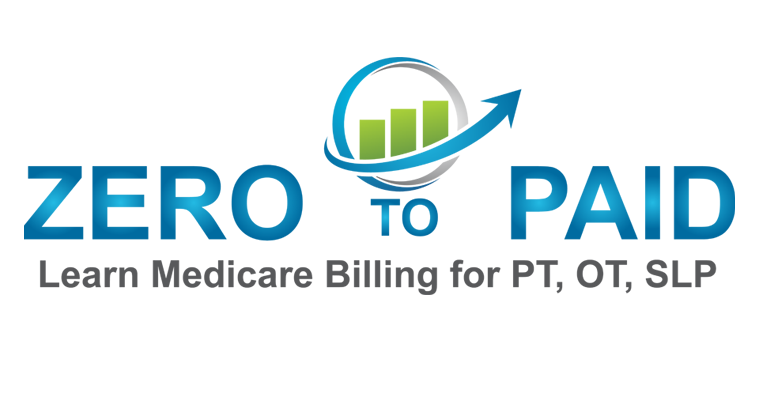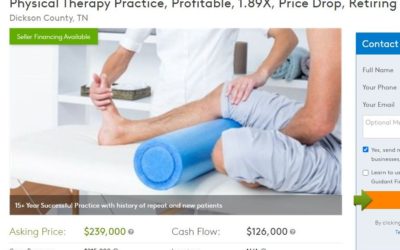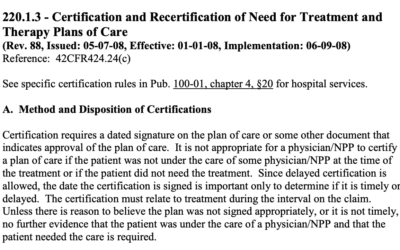Will PTAs be phased out of the physical therapy profession in 2023?
Absolutely not! Physical therapist assistants are a vital part of the patient care experience. I believe the best way to preserve the future of physical therapist assistants in the physical therapy profession is to develop an understanding of the PTAs unique value in the delivery of patient care.
Physical Therapist Assistants Are Experts in the Delivery of Care
Aside from the curriculum differences between a physical therapist and a physical therapist assistant, physical therapist assistants are experts in the delivery of patient care.
What is the main difference between a PT and PTA?
The primary difference between a PT and PTA is the fact that a PT is responsible for evaluating the patient, developing the patient’s treatment plan, establishing goals for the patient, and overseeing the delivery of that patient’s plan of care.
Oversight
Oversight of a physical therapy plan of care can only be performed by a licensed physical therapist. If the patient is not responding as expected or a significant change in status is identified, then the physical therapist is required to perform a reevaluation and modify the patient’s plan of care accordingly.
Supervision
A physical therapist is required to supervise a physical therapist assistant. Different state practice acts and third-party payer guidelines will determine what level of supervision may be required, but a physical therapist assistant must work under the supervision of a licensed physical therapist.
How can PTAs remain profitable to employ?
Private practice owners already operate with razor-thin profit margins. A recent search for US Physical Therapy’s quarterly profit margin shows a 7.7% profit margin and a 13.12% operating margin over the most recent trailing twelve months.
* Reference: Yahoo Finance USPH Ticker 10/06/2022
Based on these financials, a 15% cut in gross collections for all Medicare beneficiaries would result in a complete loss of any net profit margin.
What is the solution?
Some private practice owners have chosen to stop using PTAs to treat Medicare beneficiaries and instead only use PTAs to treat patients with non-Medicare insurance plans.
Other private practice owners have chosen to deliver shorter treatment sessions to Medicare beneficiaries in an attempt to offset the MPPR reduction on a per-unit basis. This would increase average reimbursement per unit to offset the 15% decline in reimbursement sustained by a PTA treatment.
Yet another option is to utilize PTAs in growing a private practice’s self-pay services. Since PTAs are licensed healthcare providers, they are uniquely positioned to deliver self-pay services, even to Medicare beneficiaries, once Medicare-covered services are no longer medically necessary.
The following screenshot from CMS Chapter 15 page 179 suggests that “Services that can be safely and effectively furnished by a nonskilled personnel or by PTAs or OTAs without the supervision of therapists are not rehabilitative therapy services.” and therefore not subject to the mandatory claim submission law.

* Reference: CMS Chapter 15
What should PTAs do next?
My advice is simple.
Step 1 – Find the right employer.
Find employers that can successfully leverage your unique skill set. For example, an outpatient private practice that refuses to develop self-pay programs or change the way they deliver services to Medicare beneficiaries will not likely be the best employer for a motivated PTA.
Step 2 – Know your strengths.
Do a self-analysis to really understand your unique skill set and how you deliver value to an employer. If you have amazing people skills and you can reduce no-shows and cancellations, acknowledge that as your superpower and leverage that to your advantage.
Step 3 – Build your skill set.
I often tell everyone in the professional services business to develop their skill set and find new ways to monetize their knowledge and experience. If you have been a physical therapist assistant for several years, you have probably worked with a variety of different therapists and their associated personality types.
You could create an online course teaching student PTAs how to work with difficult supervisors. You could create a BootCamp live training program for new graduate PTAs who want to get into marketing and sales. You could start a YouTube channel that talks to other PTAs about the challenges of being a PTA and how to find solutions to some of the most common problems.
Summary:
Will PTAs be phased out of the physical therapy profession?
Absolutely not!
- There is and will continue to be a shortage of physical therapists in the United States.
- Physical therapist assistants are experts in the delivery of patient care.
- There are too many ways to keep PTAs profitable.
- PTAs are too valuable to the profession of physical therapy.
Buying a Physical Therapy Practice vs Starting One
Buying a physical therapy practice vs starting one from scratch. Buying a physical therapy practice seems like a shortcut to success. You have a proven business that is earning a profit and has referral relationships in place. What could go wrong?Related Article: How...
Triple Medicare Revenue Physical Therapy Profits
Eliminate MPPR and Triple Your Physical Therapy Profits The multiple procedure payment reduction (MPPR) is the single largest reduction to your physical therapy profits and Medicare revenue. In this article I will explain how MPPR works and how you can eliminate the...
Boost Income Physical Therapy Business Profits
Physical Therapy Business Profits - Is Physical Therapy Profitable in 2022? Yes, absolutely. Physical therapy business profits can still be achieved in 2022, but not in the way it was profitable 30-years ago. The profession of physical therapy has undergone major...
Plan of Care Certification Physical Therapy
Physical Therapy Plan of Care Certification Requirements Medicare physical therapy plan of care certication requirements are the same as an occupational therapy plan of care certification and speech language pathology plan of care certification. According to CMS...
Physical Therapy Google Search Traffic
Increase Physical Therapy Google Search Traffic Physical therapy Google search traffic is the lifeblood of any physical therapy website. When your ideal client is searching for information about their condition you want Google to put your information at the top of...







